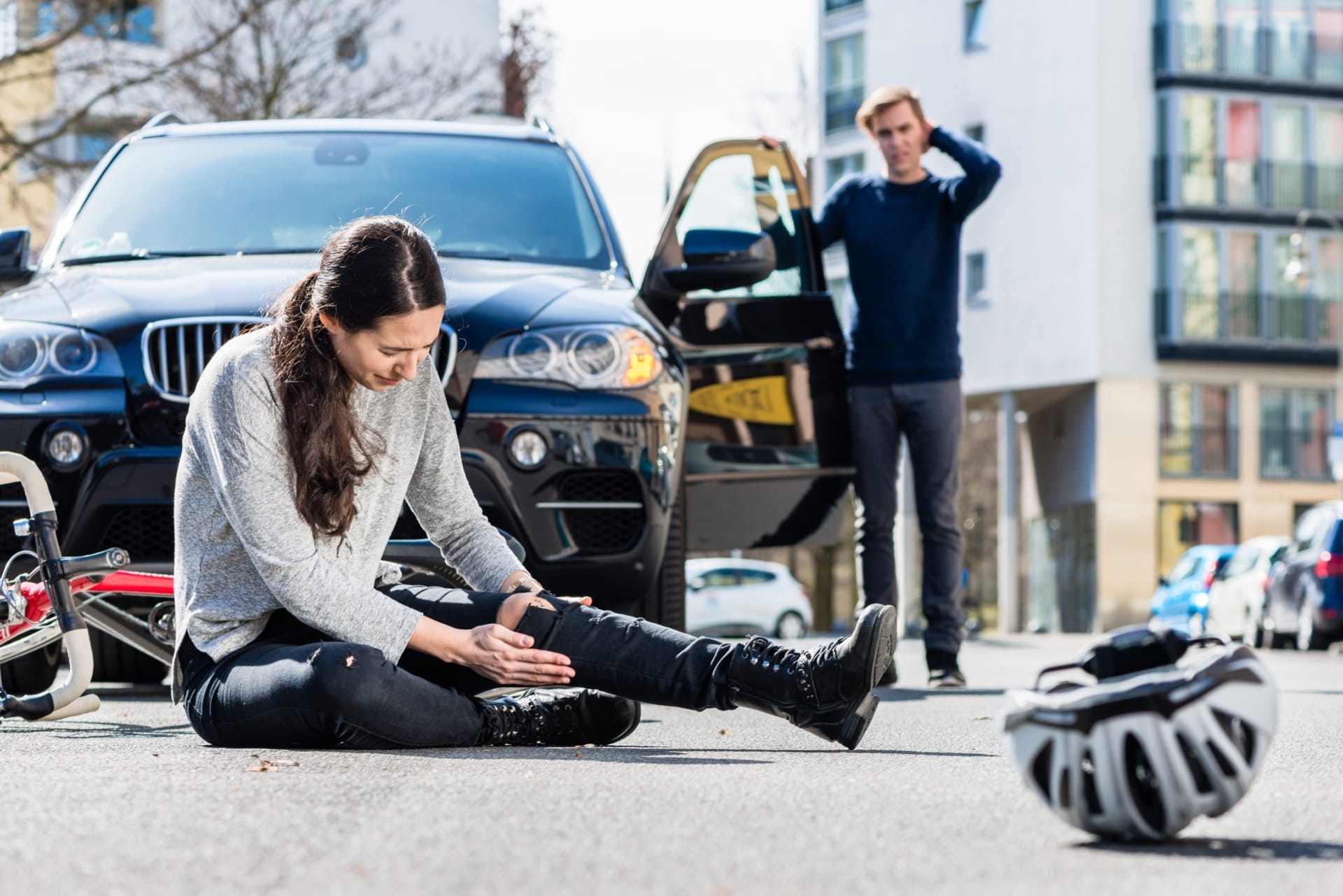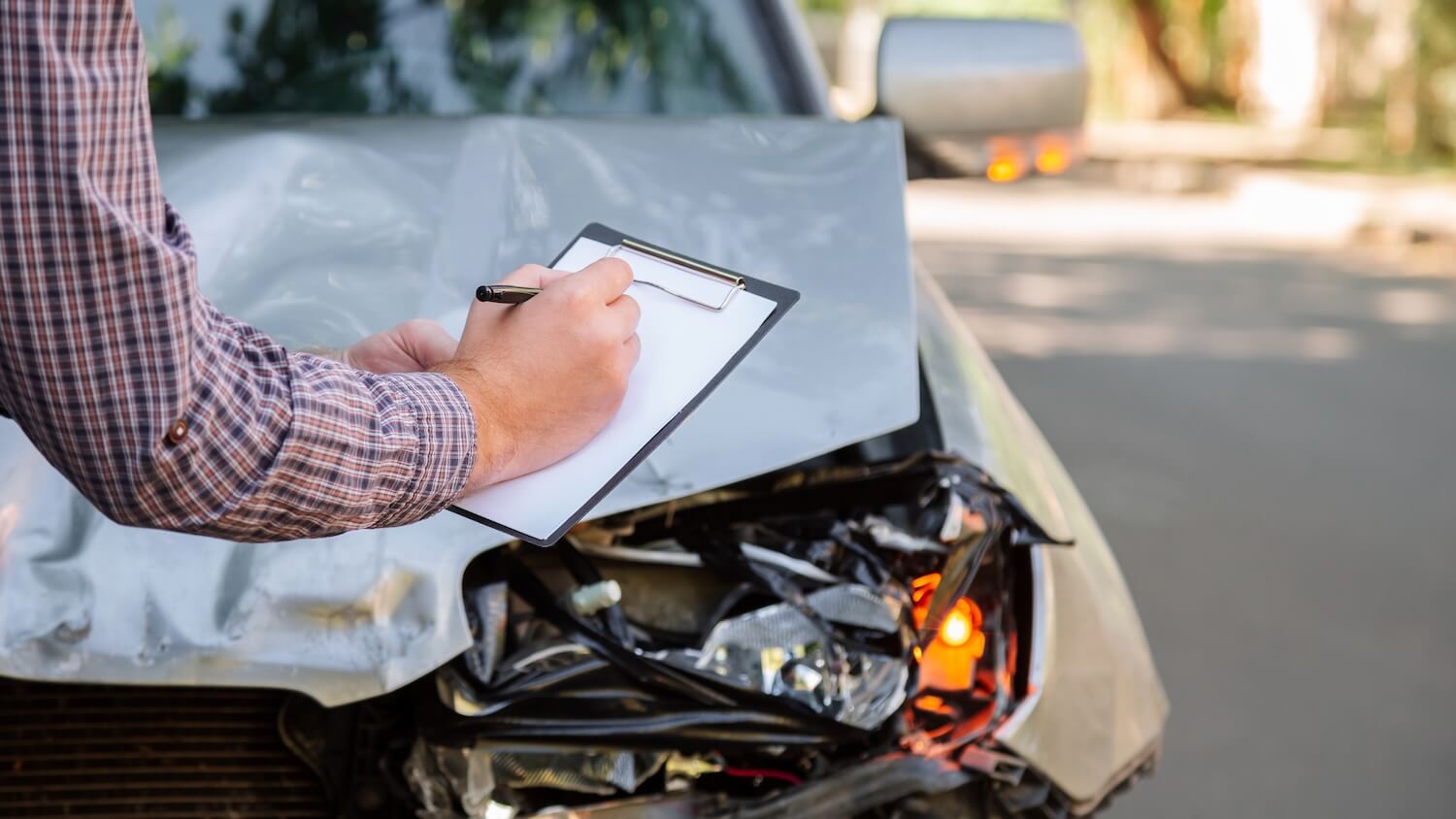What Happens If a Car Accident Aggravates a Pre-Existing Injury?

Written by Matthew Weidinger

When a car accident worsens a pre-existing injury, the injured person may face increased pain, longer recovery times, and additional medical expenses. Insurance companies and legal systems recognize that the accident can cause new damage or intensify old injuries.
The key issue is that the victim can often seek compensation not only for the new harm but also for the aggravated condition caused by the accident. Proving the connection between the accident and the injury’s worsening is essential for fair claims.
Understanding Pre-Existing Conditions and Car Accidents
Definition of Pre-Existing Conditions in Personal Injury Law
A pre-existing condition refers to any injury or medical issue that existed before the car accident. It includes conditions caused by prior accidents, illnesses, or ongoing medical problems.
In personal injury law, courts and insurers recognize that a plaintiff may not have been fully healthy before the accident. However, liability and compensation often hinge on whether the accident worsened the condition.
Establishing that a condition is pre-existing requires medical records and expert testimony. The degree to which the accident contributed to the aggravation influences the legal claim and settlement value.
How Car Accidents Can Aggravate Existing Injuries
Car accidents can worsen pre-existing injuries by intensifying pain, limiting mobility, or accelerating degeneration. The sudden impact may cause a minor condition to become severe.
Medical evaluation must differentiate symptoms caused by the accident from the pre-existing injury. This assessment affects treatment plans and insurance claims.
Aggravation claims typically seek compensation for new or increased medical expenses, additional pain, or loss of earning capacity. Documentation before and after the accident is critical in proving aggravation.
Legal Rights and Responsibilities After an Aggravated Pre-Existing Injury
When a car accident worsens a prior injury, specific legal protections and responsibilities come into play. The injured party may pursue compensation for the aggravation, but liability and fault often affect the outcome.
Explanation of Legal Rights If a Car Accident Worsens a Pre-Existing Injury
If a car accident aggravates a pre-existing injury, the injured person has the right to seek damages for the additional harm caused by the accident. This includes medical expenses, lost wages, and pain and suffering related to the worsened condition.
To establish liability, the injured party must show that the accident directly worsened the injury beyond its original state. Insurance companies and courts recognize that aggravation of a prior injury is compensable, even if the pre-existing condition was dormant or mild before the accident.
Medical evidence documenting the change in injury severity is critical. Without clear proof, claims may be denied or reduced. It is also important to report and treat the aggravated injury promptly to support legal claims.
Role of Comparative Fault in Injury Claims
Comparative fault affects claims when both parties share responsibility for the accident or the aggravation of the injury. If the injured individual contributed to their own harm, their compensation may be reduced based on their percentage of fault.
For example, if they are found 30% responsible for the accident, their damages could be reduced by 30%. Some states use a modified comparative fault system, barring recovery if the injured party is more than 50% at fault.
Understanding the state’s specific comparative fault rules is essential. Legal counsel can assess how fault impacts the claim and help in negotiating fair compensation within the legal framework.
Medical Evidence and Documentation
Proper medical evidence plays a critical role in showing how an accident worsened a pre-existing injury. Clear documentation can differentiate new damage from old, making the case more precise. Timely legal advice is essential to navigate complex issues around pre-existing conditions and liability.
Discussion of How Medical Documentation Can Influence the Case Outcome
Medical records provide concrete proof of the injury’s history and current state. Detailed notes from doctors, diagnostic images, and treatment plans help establish whether the accident aggravated the condition. For example, comparing pre-accident MRI results with post-accident scans can highlight changes caused by the crash.
Accurate medical documentation strengthens claims by demonstrating a direct link between the accident and the injury worsening. Lack of clear evidence may lead to disputes over fault or compensation amounts. Therefore, ongoing medical evaluations and consistent record-keeping are vital for supporting the injured party’s case.
Tips for Seeking Legal Consultation After an Accident with a Pre-Existing Condition
It is important to consult a lawyer experienced in personal injury and pre-existing condition cases soon after the accident. Early legal guidance ensures proper collection and preservation of medical records and evidence.
When meeting a lawyer, bring all relevant documents, including past medical records, current treatment notes, and any diagnostic tests. They will assess how the aggravation affects the claim and recommend strategies for proving causation.
Prompt legal consultation helps avoid missed deadlines and improves the chances of obtaining fair compensation related to the worsened injury.

Compensation and Legal Representation Options
When a car accident worsens a pre-existing injury, compensation can cover both the original and aggravated damages. Legal assistance is crucial to navigate complex claims and ensure the injured party receives appropriate restitution.
Overview of the Potential Compensation Available in Such Cases
Compensation may include medical expenses for both the original injury’s treatment and additional care needed after the accident. Pain and suffering damages can reflect increased physical and emotional distress caused by the worsening of the prior condition.
Lost wages and reduced earning capacity are also considered when the aggravated injury affects job performance or ability to work. In some cases, compensation covers future medical care and rehabilitation directly linked to the accident’s impact.
Proving causation between the accident and injury aggravation is essential to secure compensation for these damages.
How Smith & Weidinger PLLC Can Assist Affected Clients
Smith & Weidinger PLLC specializes in cases involving aggravated pre-existing injuries. We conduct a thorough investigation to link the accident to increased injury severity. Our team collaborates with medical experts to document all relevant treatments and demonstrate the accident’s effect on the pre-existing injury.
We guide clients through complex insurance claims, filing paperwork, and negotiating settlements to protect client rights. Smith & Weidinger emphasizes transparent communication, keeping our clients informed about case progress and potential compensation outcomes.
Our experience maximizes the chances of obtaining full financial recovery for aggravated injury claims.
Note: The information provided in this blog post has been compiled from publicly available and secondary sources. While we strive for accuracy, some details may become outdated or contain inadvertent errors. If you believe any information is incorrect or requires updating, please contact Smith & Weidinger so that we may review and make the appropriate corrections.
Disclaimer: This blog post is for informational purposes only and is not intended as a solicitation for business. The photo used is not from the scene of the incident described. Viewing this content does not create an attorney-client relationship with Smith & Weidinger. If you have been injured in an accident, please seek immediate medical attention and then consult with a qualified attorney to discuss your legal rights and options.










